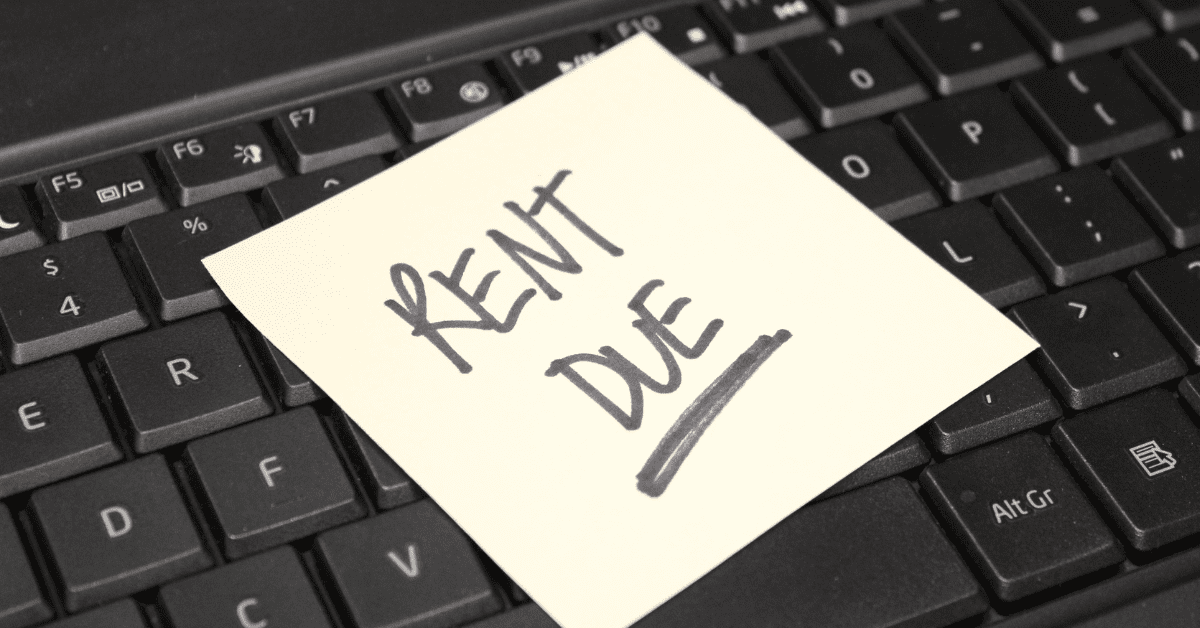Introduction
Are you grappling with soaring rent prices in Ontario and feeling the financial pinch? You’re not alone. As a licensed insolvency trustee, I’ve seen firsthand how challenging it can be to balance high rent with other life expenses. This article is your lifeline. It’s packed with practical tips and insights on managing your finances, even when rent takes a big bite out of your budget. Dive in to discover how you can stay afloat in today’s tough financial waters and when to seek expert help.
Understanding Your Rent Expenditure
Breaking Down the 30% Rule
The “30% rule” suggests spending no more than 30% of your gross income on housing. In Ontario’s major cities, however, this can be a tall order. Toronto and Vancouver renters, I see you. But it’s crucial to view this rule as a guideline, not a hard-and-fast mandate. Your circumstances – like saving commute costs by living closer to work – can justify higher rent spending.
The Role of Budgeting in Financial Health
Crafting Your Budget
Budgeting is your financial compass. It helps you navigate expenses without losing sight of your income. Start by determining your monthly earnings, including fluctuating income. Next, categorize your costs: fixed (like rent) and variable (such as groceries). Remember, budgeting isn’t about restriction; it’s about making informed decisions.
Debt and Savings in Your Budget
Don’t forget to include debt repayments and savings in your budget. These are as crucial as your rent and utility bills. Accounting for these can lead to better financial health.
Dealing with Debt Amidst High Rent
Debt often sneaks up when juggling high rent and other housing costs. Relying on credit cards or payday loans might seem like quick fixes but can quickly increase your financial woes. If you’re in this situation, don’t hesitate to seek guidance. As an insolvency trustee, I’ve helped many find their footing amidst such challenges.
Crafting a Sustainable Financial Plan
Smart Spending
Trimming your expenses doesn’t always mean sacrificing your quality of life. Small changes, like dining in more or reassessing your streaming subscriptions, can free up a surprising amount of cash. It’s about smarter, not necessarily less, spending.
Identify your spending priorities and potential areas for cutbacks. Perhaps it’s the premium cable package you barely use or that gym membership gathering dust. Remember, every dollar saved is a step towards financial stability.
Exploring Debt Relief Options
If your debts have become overwhelming, it’s time to consider structured solutions like consumer proposals or bankruptcy. These tools are often misunderstood, but they can offer a fresh financial start. A licensed insolvency trustee can demystify these options and help you choose the right path.
Reaching Out for Help
When to Seek Professional Advice
Feeling overwhelmed by rent expenses and unpaid debts? It’s okay to ask for help. As an insolvency trustee, I provide judgment-free advice tailored to your unique situation. You don’t have to navigate these troubled waters alone.
Conclusion
Navigating high rent in Ontario is undoubtedly challenging, but with the right strategies and support, it’s manageable. Remember, budgeting is key, and when debts become too much, professional help is a lifeline. Take control of your finances today – your future self will thank you.
Call to Action
Struggling with high rent and debt? Let’s talk solutions. Click here for a free consultation and take the first step towards financial freedom.

